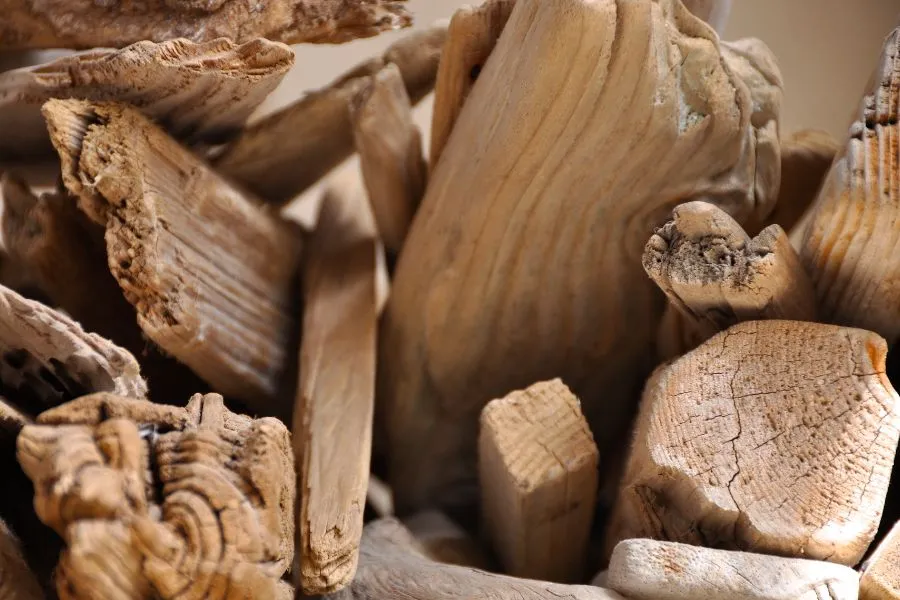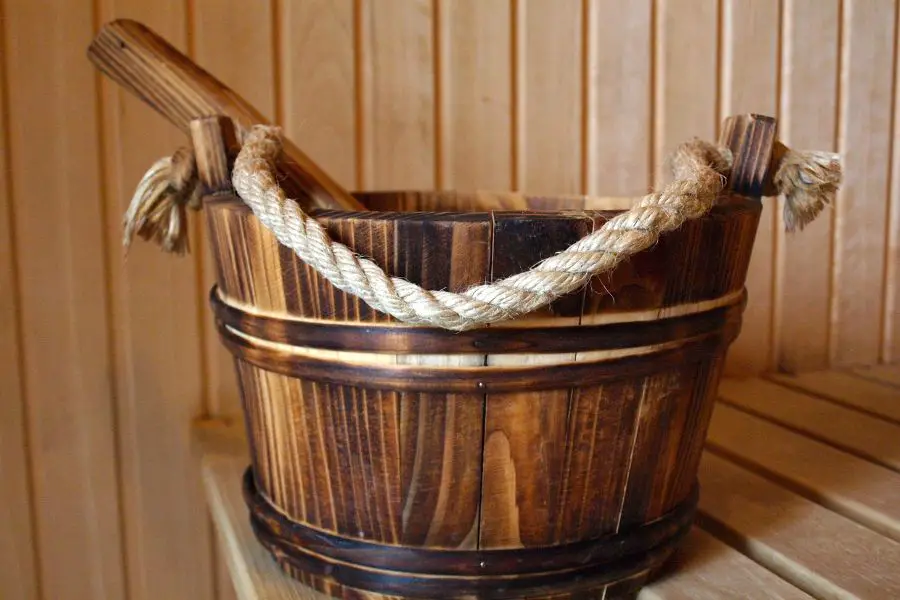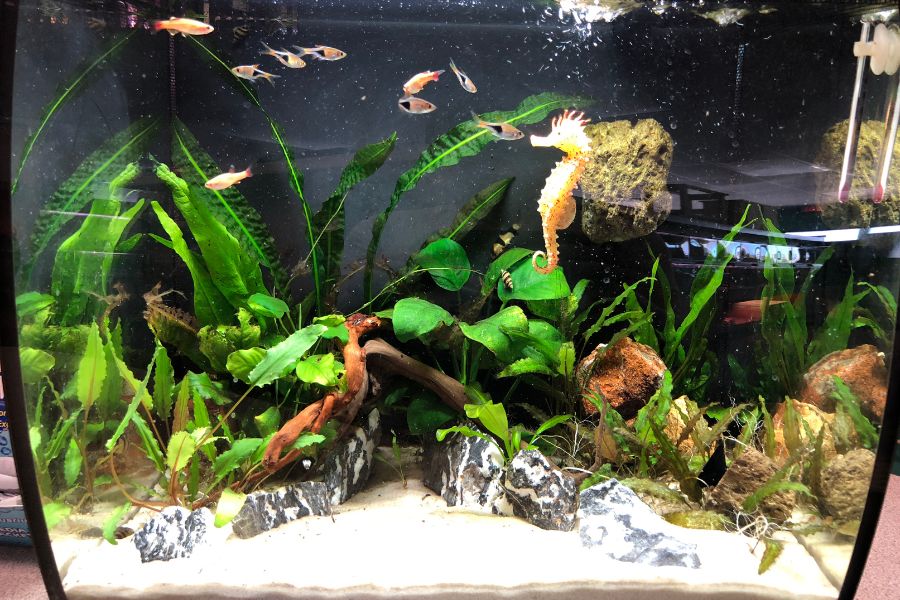Do you ever dream of setting up a cozy and stunning aquarium for your fishy friends? Well, guess what? Driftwood can be a fantastic addition to your aquatic paradise, but before you dive in, there’s one crucial step you shouldn’t skip: proper sterilization!
You see, using unsterilized wood in your tank can introduce harmful germs that might jeopardize the health of your underwater buddies.

Let’s walk through the essential steps to sterilize wood for your aquarium. With just a little effort, you’ll have beautifully sanitized driftwood, ready to bring a touch of charm and natural beauty to your beloved fish tank.
Overview of the Importance of Driftwood Sterilization
So if you’re thinking about adding a piece of driftwood to your aquarium, it’s really important to make sure it’s sterilized beforehand. Why is that? Well, wood can actually harbor harmful bacteria and fungi that can cause serious problems for your fish.
By sterilizing the wood, you’re ensuring that any potential pathogens are eliminated before they get a chance to infect your aquarium. Plus, sterilizing can also help prevent the growth of unsightly algae and other unwanted organisms.

Step-by-step Instructions on How to properly Clean Driftwood
Here’s a step-by-step guide on how to properly clean driftwood for your aquarium:
Step 1
Gather the necessary materials To clean driftwood, you’ll need a few items on hand. These include a bucket, a soft-bristle brush, boiling water, and a pair of tongs or gloves to handle the wood safely.
Step 2
Inspect the driftwood Before starting the cleaning process, carefully examine the driftwood for any signs of rot, mold, or other damage. It’s important to select a piece that is in good condition and free from any potential hazards.

Step 3
Scrub the driftwood Using a soft-bristle brush, gently scrub the driftwood under running water to remove any loose dirt or debris. Be careful not to scrub too hard, as you don’t want to damage the wood’s natural texture.
Step 4
Soak the driftwood. Fill a bucket with enough water to fully submerge the driftwood. If possible, use dechlorinated water or tap water that has been treated with a water conditioner to remove any harmful chemicals.
Place the driftwood in the bucket and let it soak for 24 to 48 hours. This will help to further loosen any dirt and prepare the wood for the sterilization process.

Step 5
Boil the driftwood After soaking, carefully remove the driftwood from the bucket and transfer it to a pot of boiling water. Use tongs or gloves to handle the wood to avoid burning yourself.
Allow the driftwood to boil for at least 1 hour. Boiling the wood will help kill any remaining bacteria, fungi, or parasites that may be present.
Step 6
Let it cool After boiling, remove the driftwood from the pot and allow it to cool completely. Avoid placing hot driftwood directly into your aquarium, as it may cause a sudden change in temperature and stress your fish.
Step 7
Rinse the driftwood Give the driftwood a final rinse under cool running water to remove any residue from the boiling process. This will ensure that no unwanted substances are introduced into your aquarium.
Step 8
Dry the driftwood Place the driftwood in a well-ventilated area to air dry completely. It’s important to ensure that the wood is fully dry before placing it in your aquarium, as any moisture remaining could promote the growth of harmful bacteria.
Step 9
Add the driftwood to your aquarium Once the driftwood is completely dry, it’s ready to be added to your aquarium. Carefully position it in a way that creates a natural and aesthetically pleasing environment for your fish.
Be mindful of the wood’s size in relation to the tank to ensure it doesn’t overcrowd the space.
And there you have it!

Tips on how to find quality driftwood, and what types of woods are best for aquariums
Creating a beautiful aquarium takes more than just water and fish. One element that can really make your tank stand out is the addition of quality driftwood. But where do you find it?
Well, one tip is to look around natural water sources such as lakes or rivers. Just make sure you do not take driftwood from protected areas. Another option is to buy it from a trusted pet store.
Useful Tips
- Choose hardwoods like oak, beech, maple, or mopani for durability and longevity.
- Opt for waterlogged driftwood to minimize the release of tannins and water chemistry effects.
- Avoid resinous or softwoods such as pine, cedar, or redwood that can harm fish and water quality.
- Check for signs of decay, mold, or foul odors and avoid using compromised driftwood.
- Consider the size and shape, selecting pieces that fit your aquarium and provide visual interest.
- Collect driftwood responsibly and avoid removing it from protected areas.
- Prioritize proper sterilization and preparation of driftwood before adding it to your aquarium.
Remember, prioritize the well-being and safety of your fish when choosing and preparing driftwood.
They not only look aesthetically pleasing, but also release tannins that can help maintain the pH level in your tank.
Safety measures to take when Sterilizing Driftwood
When it comes to sterilizing wood, safety should always be a top priority. In order to ensure that you are taking the proper precautions, it’s important to equip yourself with the right gear.
Gloves, masks, and protective eyewear are just a few examples of the equipment you should consider. Additionally, you’ll want to be sure that the area where you’ll be working is well-ventilated. Fumes from the sterilization treatment can be harmful when inhaled, so proper ventilation is crucial.

Another important safety measure to take is to always follow the instructions that accompany the sterilization solution.
Be sure to handle it with care and avoid contact with skin or eyes.
By following these safety measures, you can ensure that your sterilization process is effective and safe.
Benefits of Using Driftwood for Creating Natural Aquarium Habitats
Driftwood is a fantastic way to create a stunning natural aquarium habitat that is both aesthetically pleasing and beneficial for your aquatic creatures. With its unique shapes and textures, driftwood offers a range of creative possibilities to enhance your aquarium’s overall ambiance.
This natural decoration not only provides a habitat for fish and other aquatic creatures to hide or rest, but also creates a sense of harmony and natural balance. Additionally, driftwood can have a positive impact on water quality by releasing beneficial tannins that mimic natural river habitats. If you’re looking to create an authentic aquatic environment, using driftwood is an excellent way to go.
- Aesthetic appeal and natural look.
- Provides hiding places and shelter for fish.
- Mimics natural environments and promotes natural behaviors.
- Some types lower pH slightly, benefiting certain fish species.
- Helps control algae growth by providing surfaces for attachment.
- Supports beneficial bacteria and contributes to biological filtration.
- Encourages foraging and grazing behavior in fish.
- Anchors and supports live aquarium plants.
- Enhances visual appeal and creates a realistic aquatic landscape.
Conclusion
As driftwood has become more popular in aquariums, it is important to understand the steps to take when selecting and sterilizing wood to ensure the safety of the aquatic life. From tips on obtaining quality driftwood, to different methods of sterilization, this blog post has provided all the information you need when it comes to safely adding wood into your aquarium.
We hope these steps help to create a natural habitat and ambience for your aquatic friends. When used properly, driftwood not only serves as decoration but can also be beneficial when setting up an ecosystem in an aquarium.
Use these tips and tricks while selecting and sterilizing driftwood from our website or at any local pet shop in order to provide a safe environment for all types wildlife.


